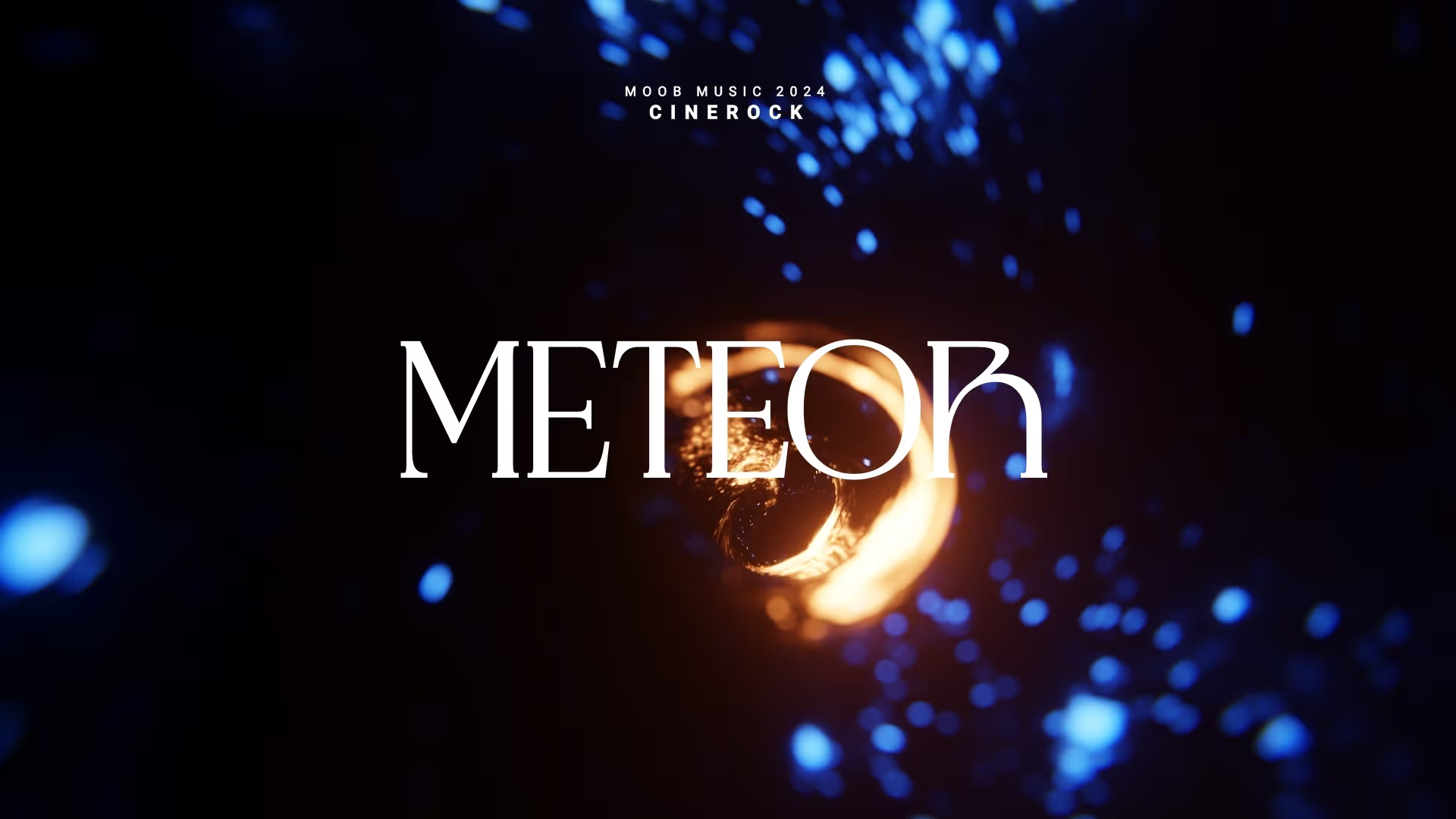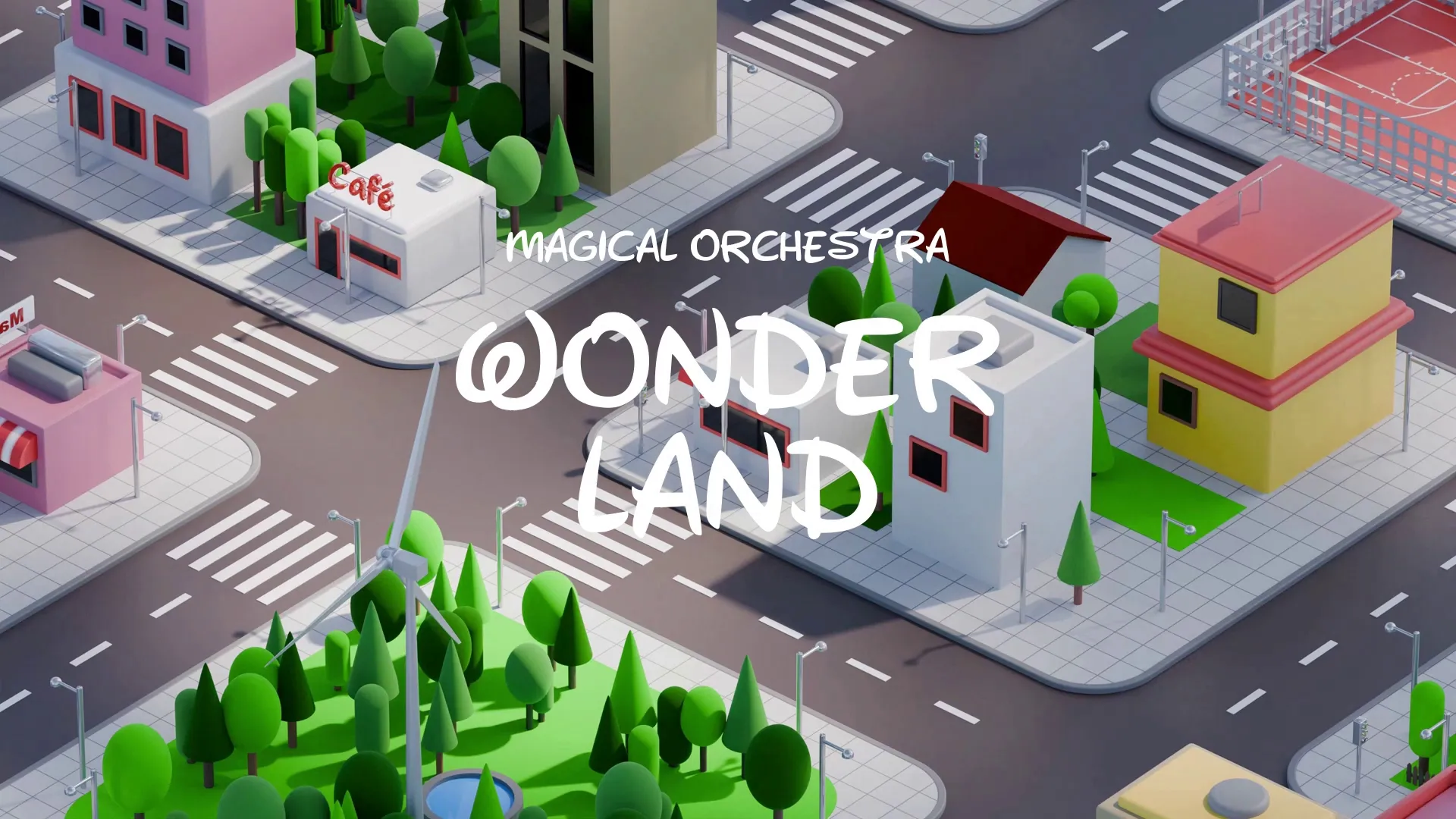The Polish Prison: How The Obsession With Perfection Destroys Indie Innovation
The screen hums, a digital mirror reflecting a haunting truth. Time is slipping. The forums are alight with feverish anticipation. The fate of your indie game hangs precariously. Is it about ingenuity? Or is it about the mirage of perfect polish?
The Polish Prison: How The Obsession With Perfection Destroys Indie Innovation
The indie game world was once a sanctuary. It was the land of the bold, the strange, the fearless. Now, it’s becoming a carefully curated gallery, a stage for digital perfection. This insatiable hunger for “perfect polish,” driven by viral marketing’s spotlight and ruthless online judgment, is slowly strangling the creative spirit. Is originality dying?
Consider the data. A disturbing trend emerges from the 2024 IndieDev Insights report: 72% of indie developers confess they’re forced to prioritize visual finesse and the relentless squashing of every bug over groundbreaking mechanics. Why? They fear the wrath of scathing reviews and the chilling drop in sales. The sacrifice? Originality.
The Allure of the Algorithm: Sales Over Soul?
Digital marketplaces are now vast oceans of content. Steam, Itch.io, and the Epic Games Store have become brutal arenas for capturing the fleeting attention of players. What stands out? The answer is often disturbing: dazzling visuals, not necessarily captivating gameplay.
An unsettling pattern was uncovered by a recent IndieGameAnalytics study. Games flaunting high visual fidelity experienced a 40% spike in initial sales. This occurred irrespective of gameplay innovation. Those meticulous particle effects, the shimmering reflections, the perfectly rendered textures consistently outperformed those with daring, experimental, yet less-refined aesthetics. It wasn’t even about broken or glitchy games. It was about visual appeal winning out.
Visualize a spectrum of games. On one end stands Minecraft, whose deliberately blocky graphics have become iconic. It’s sold hundreds of millions of copies based on its revolutionary sandbox gameplay. Now look at the other end. Countless visually stunning indie games offer little beyond superficial beauty. They are digital showcases of technical prowess, breathtaking yet ultimately forgettable. They lack heart.
Which path will your game tread? The pressure intensifies with every line of code, every pixel placed. The choice could make or break you.
The Conformity Curse: Echoes of Existing Games
The tireless quest for polish has birthed a dangerous side effect: conformity. Indie developers, paralyzed by the fear of negative reviews and the specter of financial ruin, are increasingly copying established formulas. They mimic popular art styles, replicate familiar mechanics, and shy away from bold, genre-bending ideas.
The result is a sea of sameness. Roguelikes that are indistinguishable from each other. Metroidvanias with map designs that feel recycled. Puzzle games that cling to tired tropes. Innovation is being smothered by a blanket of familiarity.
Analysis of indie game releases across major platforms reveals the problem. There has been a surge in titles adhering to established genres, coupled with a notable decrease in genuinely innovative concepts. The data points to a growing trend of risk aversion, a conscious choice to favor the safety of the known over the potential goldmine of uncharted territory.
Consider Genshin Impact. While inspired by Breath of the Wild, its focus on mobile platforms forced compromises. Despite its visually stunning world, some critics argued that it lacked the depth and soul of its inspiration. The game is hollow to some. Prioritizing polish and visual appeal over originality is not a guaranteed recipe for success.
The Feature Black Hole: Sunk Costs and Derailed Visions
Whispers circulate within the indie community, speaking of an impending “indie apocalypse.” This is a future where the sheer mass of games makes it impossible for individual titles to break through the noise. The desperate pursuit of unattainable levels of polish is exacerbating this crisis.
Developers are pouring ever-increasing amounts of time and resources into visual refinements and bug eradication, leaving dwindling resources for genuine innovation. A vicious cycle emerges, one of diminishing returns and unfulfilled potential.
Create a free account, or log in.
Gain access to free articles, game development tools, and game assets.








.webp)














